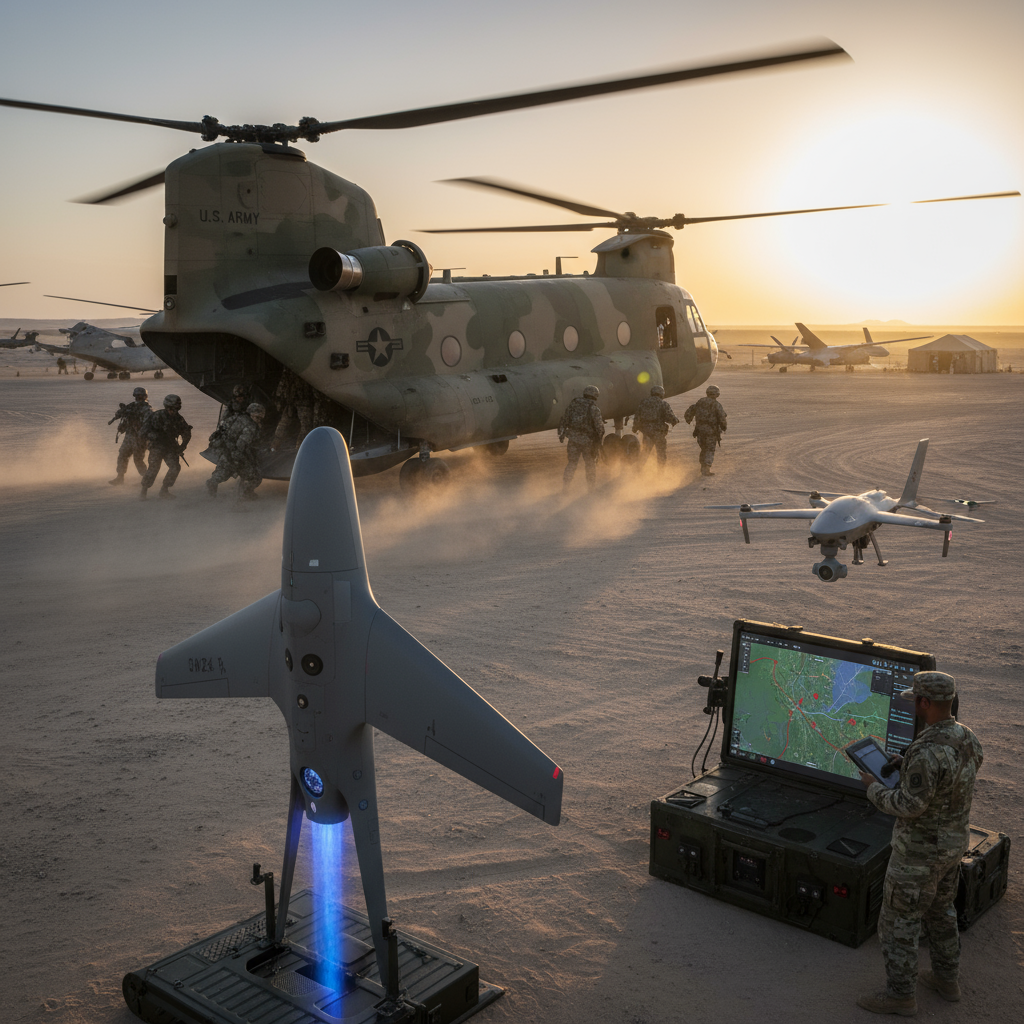Physical Address
304 North Cardinal St.
Dorchester Center, MA 02124
Physical Address
304 North Cardinal St.
Dorchester Center, MA 02124
Global aviation news tracker
Global aviation news tracker

US Army aviation cuts will remove nearly 6,500 active-duty aviation billets in FY2026–2027 as the service pivots toward drones and AI.
The U.S. Army — a roughly 30,000-person aviation branch — announced a major restructuring that will reduce active-duty aviation manpower across fiscal years (FY) 2026 and 2027 by about 6,500 positions. The move targets pilots, crews and maintainers as leadership reallocates funding and roles to unmanned aircraft and artificial intelligence (AI) systems.
Senior leaders told officials the decision was shaped by combat lessons from Ukraine, where manned rotorcraft face significant risk from modern air defenses. Recent divestments of older helicopters and an overhaul of pilot training set the stage for talent panels to review personnel in platforms such as the AH-64 Apache and UH-60 Black Hawk for reassignment or transition.
While reconnaissance and strike tasks will increasingly go to remotely piloted systems and AI-enabled platforms, manned helicopters will continue performing transport, MEDEVAC and support missions for decades. The Army says the transition is intended to balance survivability, operational reach and the logistics burden of manned platforms.
The service is also pursuing the MV-75 tiltrotor program, a next-gen design reportedly incorporating autonomous capabilities for contested environments. Officials emphasize that this is an evolution, not an elimination, of rotary-wing roles: organic airlift and close-support crews will remain essential when autonomy or remote options are impractical.
Transition impacts include personnel reassignments, retraining pathways and career-management boards. The Army plans to use talent panels to match experience to new fleets and missions, though many details — including exact timelines for specific units — remain to be published by the service.